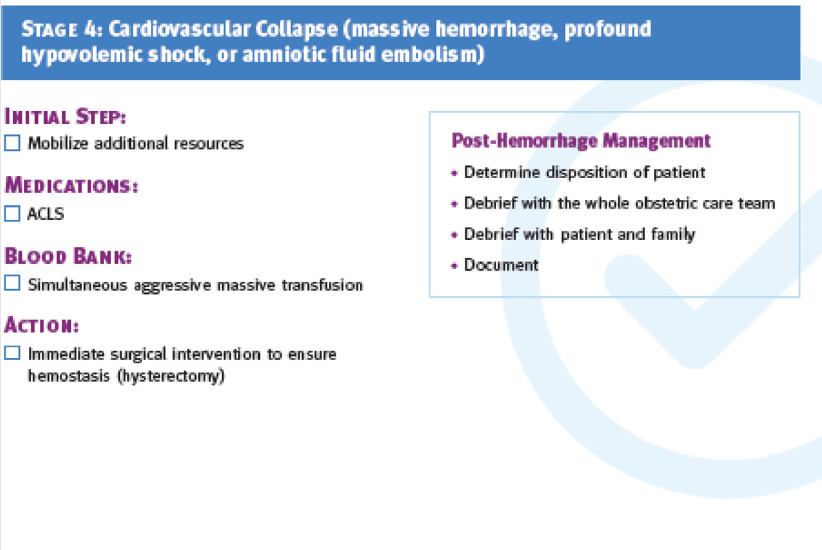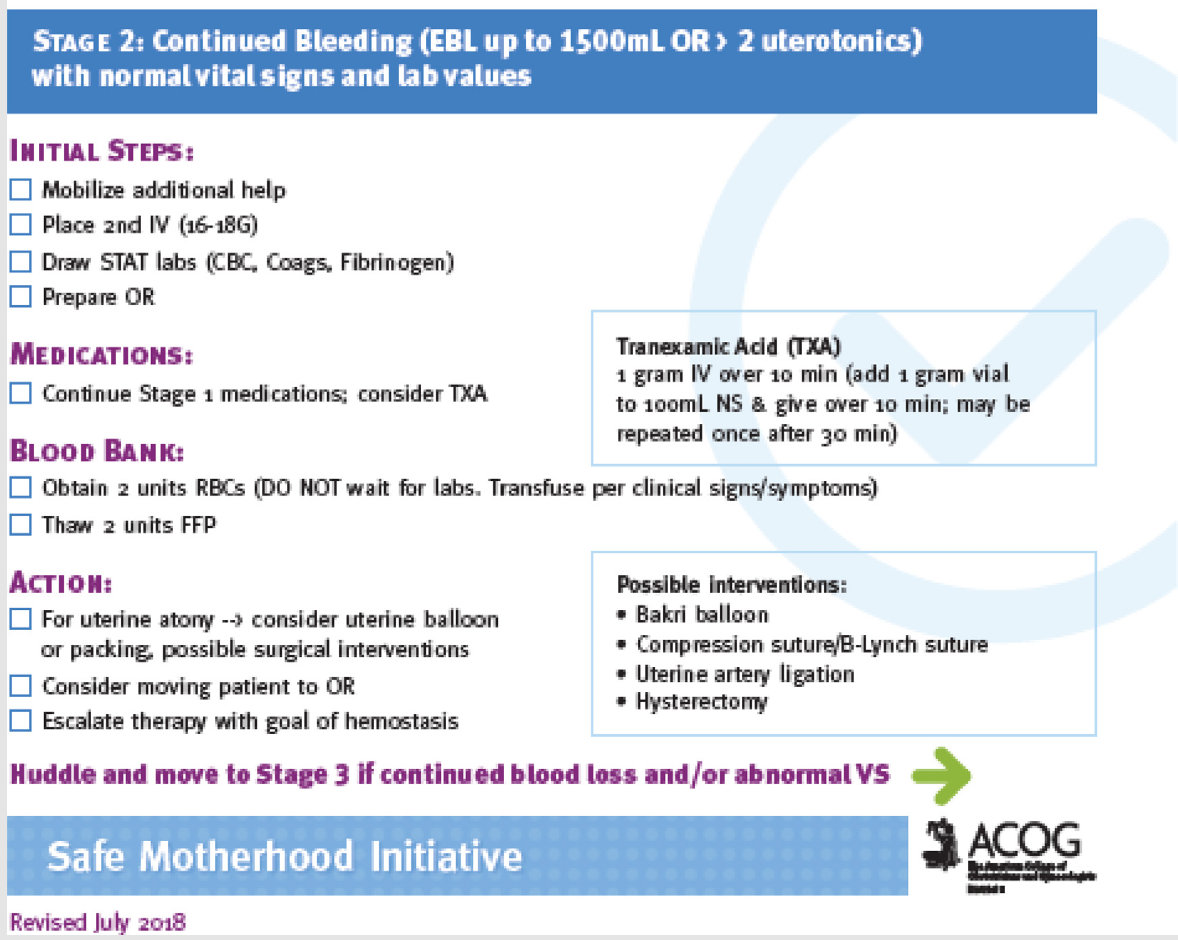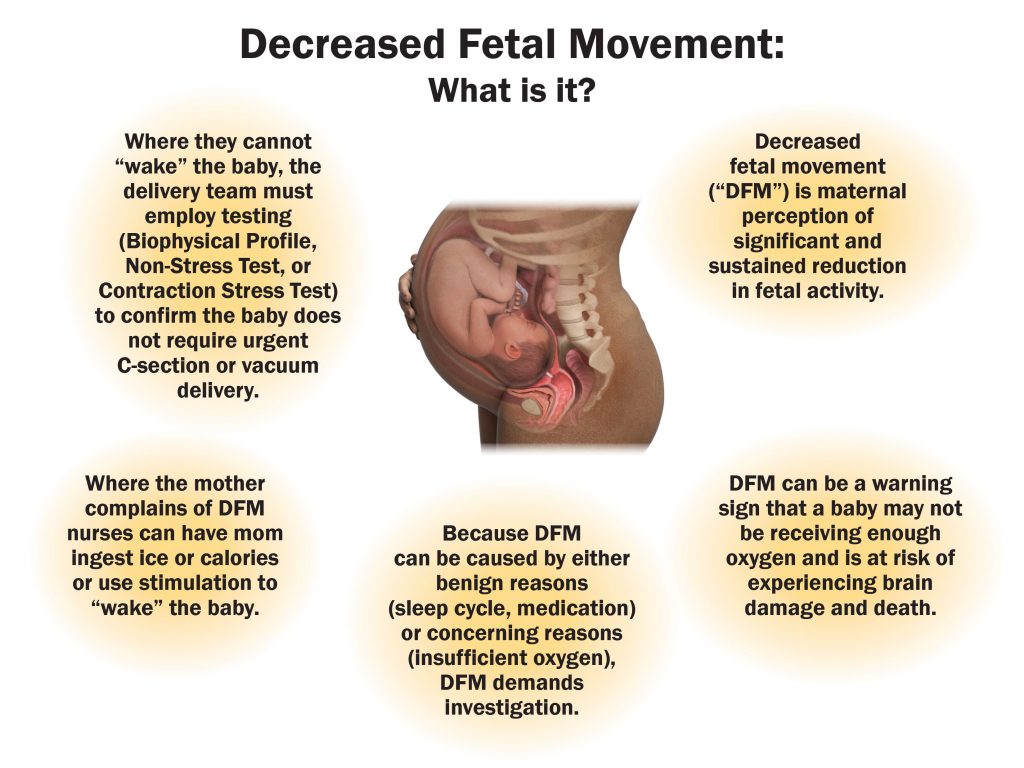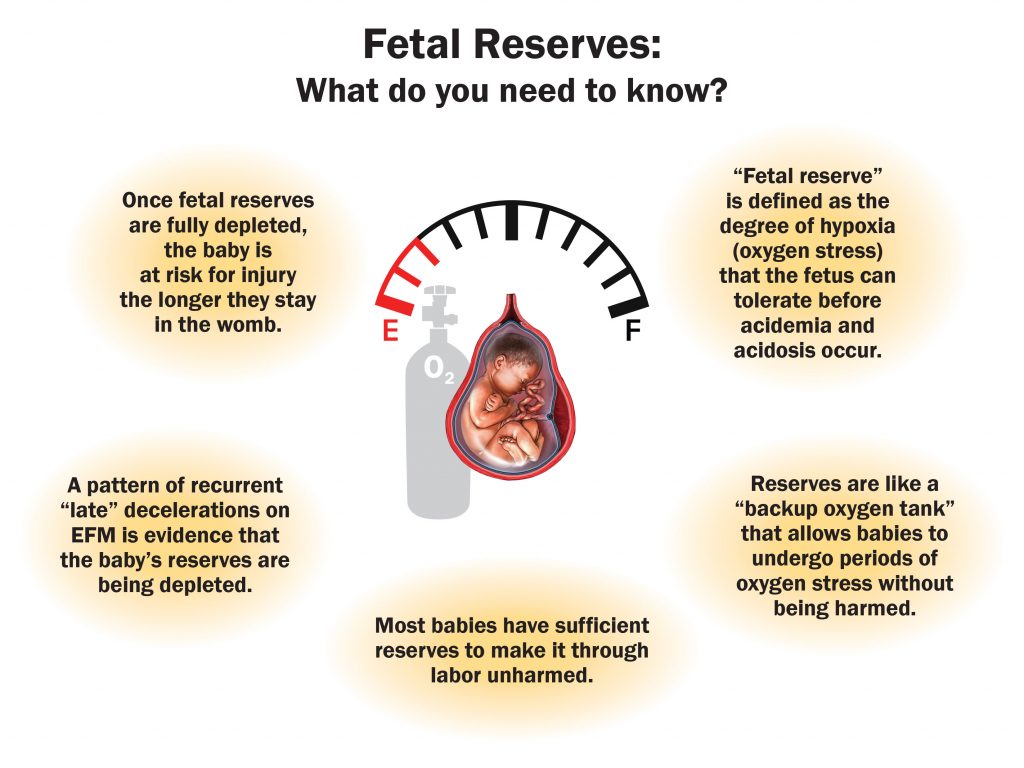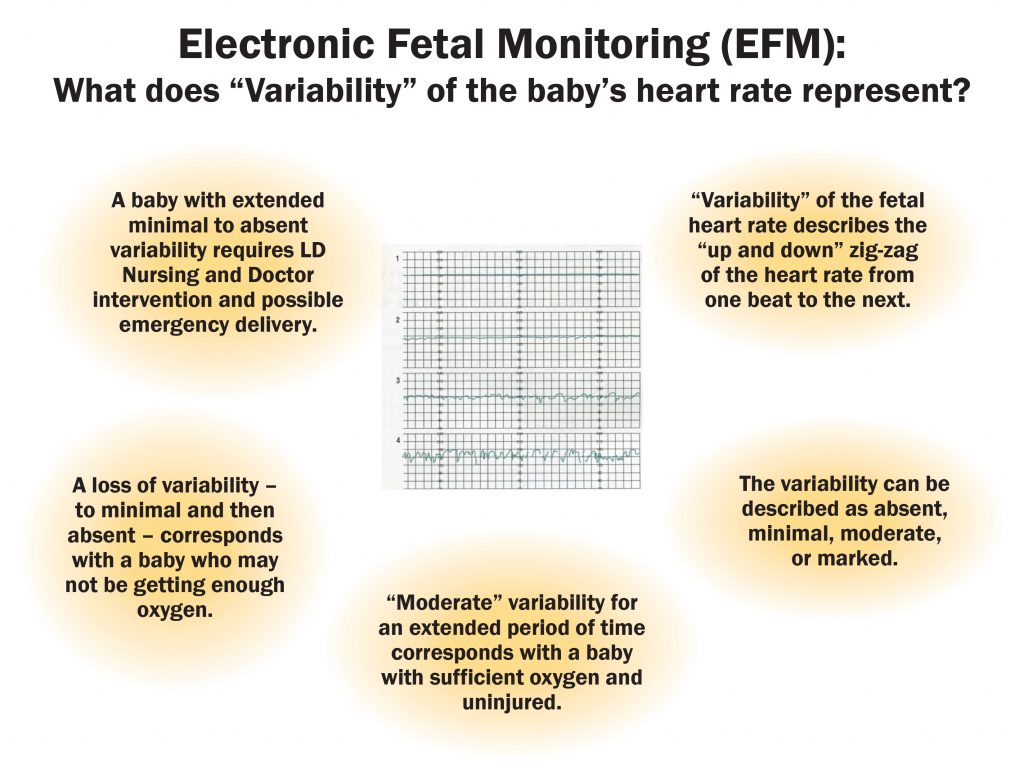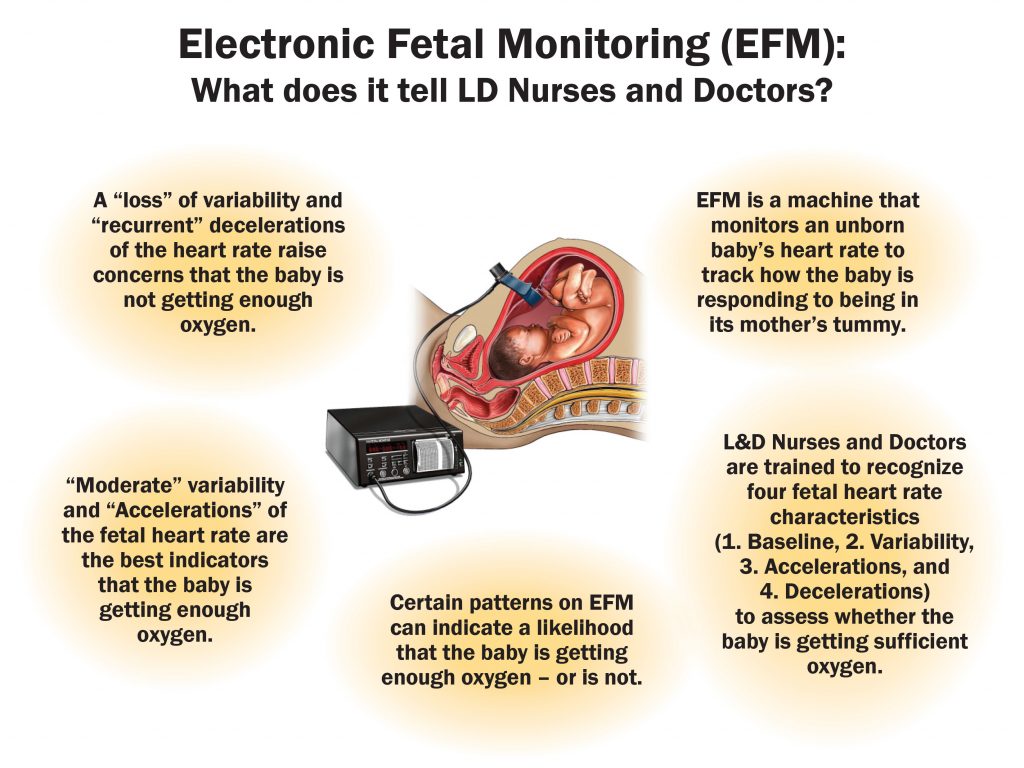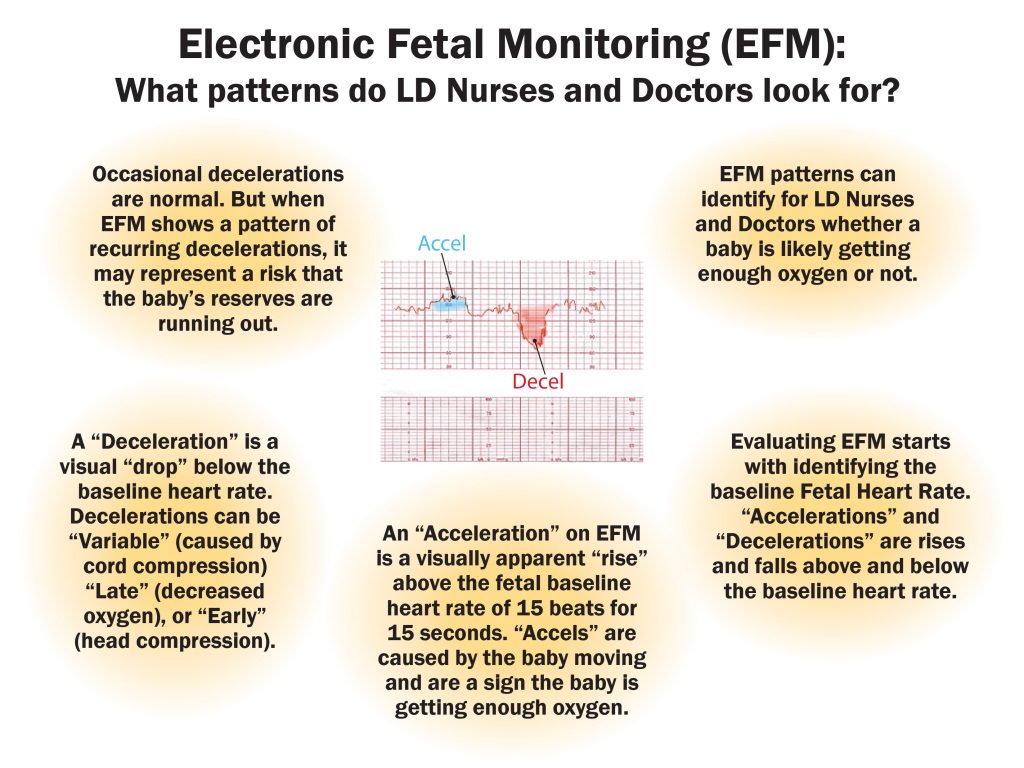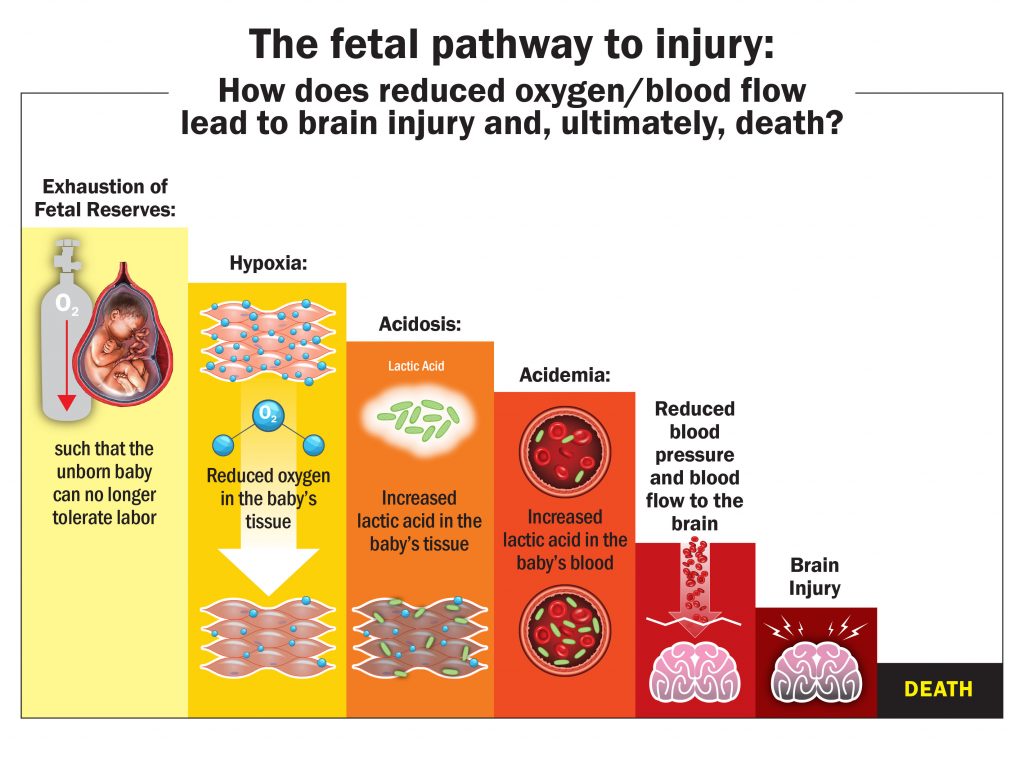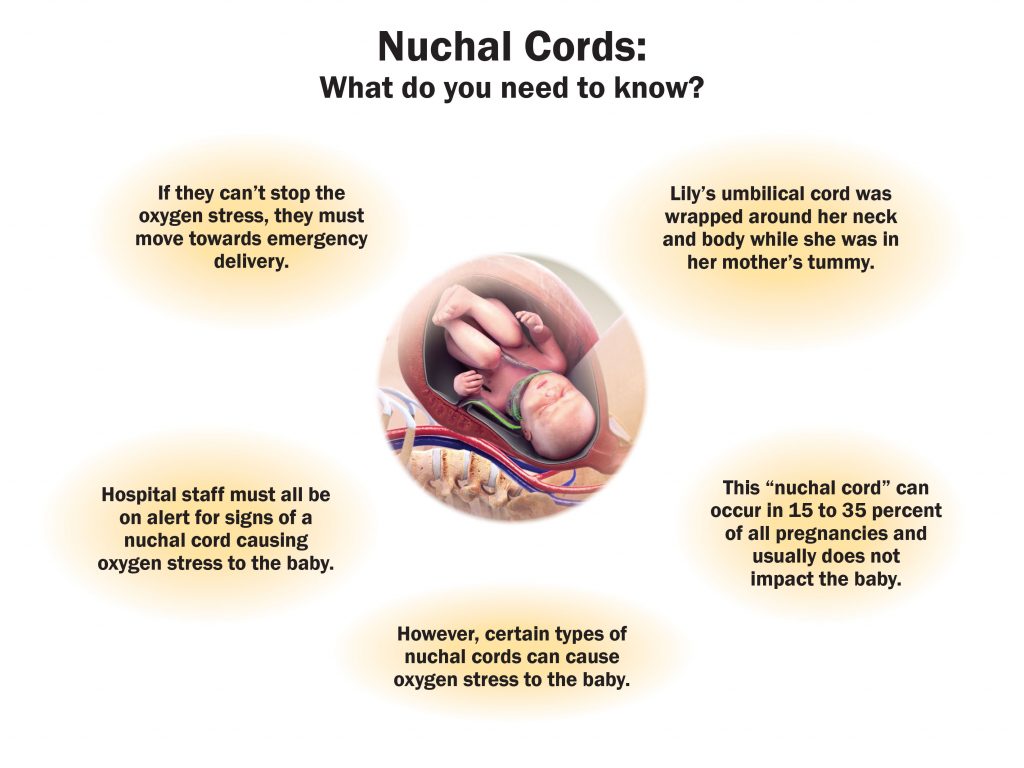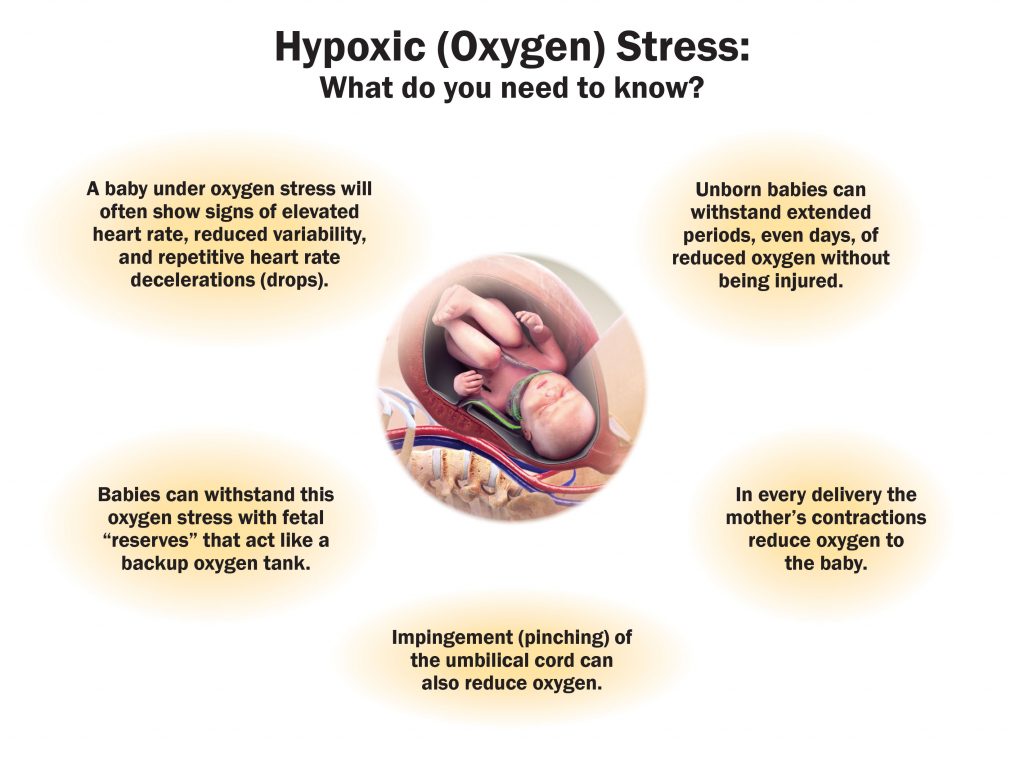It seems as if high school football has been in the news quite a bit lately, as football-related concussion awareness is at an all time high. President Barack Obama recently commented that even though he is a fan of football, if he had a son, he would have to think long and hard before allowing him to play. The CDC (Centers for Disease Control) in Atlanta, Georgia says that sports concussions have reached epidemic proportions. Research has shown that concussions can be much more serious than originally thought years ago, and in some cases may even be fatal. A new study reports that concussion from high school sports is rising at an annual 15%, and as it does, high school football participation rates have dropped 15 to 20% due to increasing parental concern. Football tops the list of all high school sports in concussion rates, accounting for more than half (56.8%) of all concussions. Many of these occur from player-to-player contact (76.2%), the most common being head-to-head. According to Momsteam.com, high school athletes sustain an estimated 300,000 concussions per year, and on the average, at least one high-school football player sustains a concussion in nearly every American game.
In 2010, Spring Hill, Kansas high school senior Nathan Stiles collapsed and later died after playing in his first football game following an earlier concussion, which probably had not fully healed before he was cleared to play again. After the original concussion, Nathan sat out for several weeks, had no lingering symptoms, and got his doctor’s okay before returning to play. But in his first game back, after a hard tackle, he collapsed on the sidelines and lost consciousness after telling someone next to him that “my head is really hurting.” He died later at the hospital.
In a similar case, in 2011, a Phoenix, New York high school player, 16 year old Ridge Barden, collapsed on the field after a particularly hard hit from an opposing player. He complained of a headache and fell when he tried to stand up. He was rushed to the hospital where he later died. A short time later the autopsy revealed the cause of death was bleeding to his brain due to blunt force trauma.
NFL players are adults and old enough to make their own decisions, but it’s up to us to make these decisions for our children. And, unlike the NFL, there is no single governing body for high school football. Each state has its own association, and each association makes its own rules. Perhaps in the past we didn’t have full knowledge of the possible risks of concussion. But in this day and age we do.
A recent study shows that between 4 and 4.5 million children in the United States play football annually. Purdue Biomedical Professor Eric Nauman has studied the impact of brain injuries on high school football players, and says, “Young athletes are at an increased risk for brain injuries because their brains are still developing, therefore it’s extremely important to limit the severity of head impacts.”
And according to research by the New York Times, at least 50 youth football players, (youth being defined as high school age or younger) from 20 different states have either died or suffered serious head injury since 1997.
Headache is the most common symptom of concussion, followed by dizziness or unsteadiness, trouble concentrating, disorientation or confusion, and vision changes or sensitivity to light. Actual loss of consciousness is uncommon, occurring less than 5% of the time.
With high school football, most concussions occur in competition rather than practice sessions.
People are now stepping up to the plate to get involved and to raise awareness of concussion in high school sports. Brooke de Lench, founder and publisher of MomsTEAM.com, is very active in educating parents about what they need to do to keep their children safe while playing football. In February of 2012 she came up with the idea to create a documentary for parents and high schools illustrating what actions they could take to help high school football programs become safer and to provide a blueprint for a concussion management program. The documentary, entitled The Smartest Team, interviews parents, coaches, players and trainers, as well as equipment manufacturers and leading experts on concussion. It explains how the risk of concussion can be reduced, and if concussion does happen, how to manage it in such a way that return to play is safe. It follows a high school football team in Oklahoma through their entire season, from spring practice in June, to playoffs in November. Click here to read more about the film and to view the trailer.
I found MomsTeam.com to be one of the most comprehensive resources on the internet for youth and high school sports safety and injury prevention information.
What if your child wants to play anyway? What can you do as a parent to make it safer (other than say no)? Well, there is no “magic bullet” to prevent concussion in a contact sport that is as physically strenuous as football. A couple of things you can do as a parent are:
- Equipment – Make sure your child’s high school has the safest equipment. Sports equipment companies are always working to improve their technology. Though no device completely eliminates concussion risk, a company called Unequal Technologies has created helmet inserts for possible added protection. They are strips that stick inside the football helmet, to further cushion the head. They are helpful in reducing damage to the head in some linear direct impacts, but not all. Many times it’s not the actual impact but the jarring motion of the head after being struck that is believed to cause the concussion.
- Education – Be sure your football player is aware of basic safety concussion information. They should know the importance of self-reporting any head injuries or anything that doesn’t feel right after a blow to the head. Be sure they know that concussion should be treated as a serious injury, and that further brain injury could occur if not properly treated.
If your child has already experienced a concussion, it’s critical that you closely monitor them for the first 24 to 48 hours after concussion. You should take them to the hospital for evaluation right away if they:
.
- have a headache that gets worse.
- are very sleepy and cannot be awakened.
- can’t recognize people or places;
- vomit repeatedly;
- seem confused, irritable, or are behaving unusually;
- have seizures;
- have weakness or numbness in arms or legs;
- are unsteady;
- slur their speech
You also need to be certain that the concussion has healed in its entirety before they are permitted to return to play. This is critically important. They should be given the okay by the doctor and should have no further signs or symptoms of head injury before returning to the field.
For more information on concussions resulting from high school football, please visit MomsTEAM.com and The Atlanta CDC. They are two of the best sources of concussion information on the web.
As a traumatic brain injury lawyer in Atlanta, Georgia, my hope is that by focusing on this topic, it will help parents become more aware of safety issues with school sports and avoid possible tragic consequences for their high school athlete. If you or a loved one such as your child has suffered a traumatic brain injury as the result of someone else’s negligence, call us for help. We will talk to you and review your case for free.
The Tyrone Law Firm specializes in representing those who have suffered a devastating injury, such as traumatic brain injury resulting from the negligence of another. Nelson Tyrone handles Brain Injury, Spine Injury and RSD/CRPS cases throughout the United States. He recently obtained the largest medical malpractice verdict in the history of Gwinnett County in a birth injury Traumatic Brain Injury case. He involves only the top medical, rehabilitation and life-care plan experts in the field. His results on behalf of clients include several of the largest settlements and verdicts on record.
You can reach us at 404-377-0017 or via email at admin@tyronelaw.com. If we can’t help you, we will do our best to put you into the hands of lawyers who can.
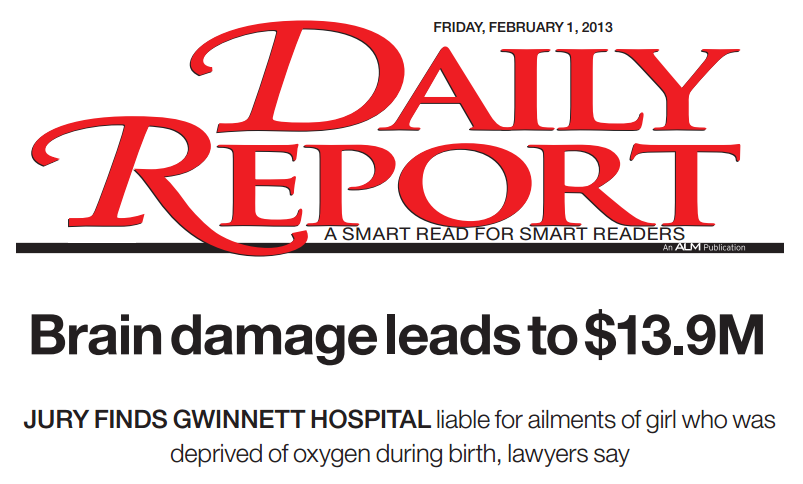



 Hayley serves as a Labor and Delivery Nurse Consultant for the Tyrone Law Firm. She attended and graduated Cum Laude from the University of Georgia in 2004 with a Bachelor of Arts degree in Journalism/Public Relations. After graduation she moved to the gulf coast where she pursued a career in real estate and development.
Hayley serves as a Labor and Delivery Nurse Consultant for the Tyrone Law Firm. She attended and graduated Cum Laude from the University of Georgia in 2004 with a Bachelor of Arts degree in Journalism/Public Relations. After graduation she moved to the gulf coast where she pursued a career in real estate and development.
